This car showed the world how aroused I was doing donuts - all in the name of safety
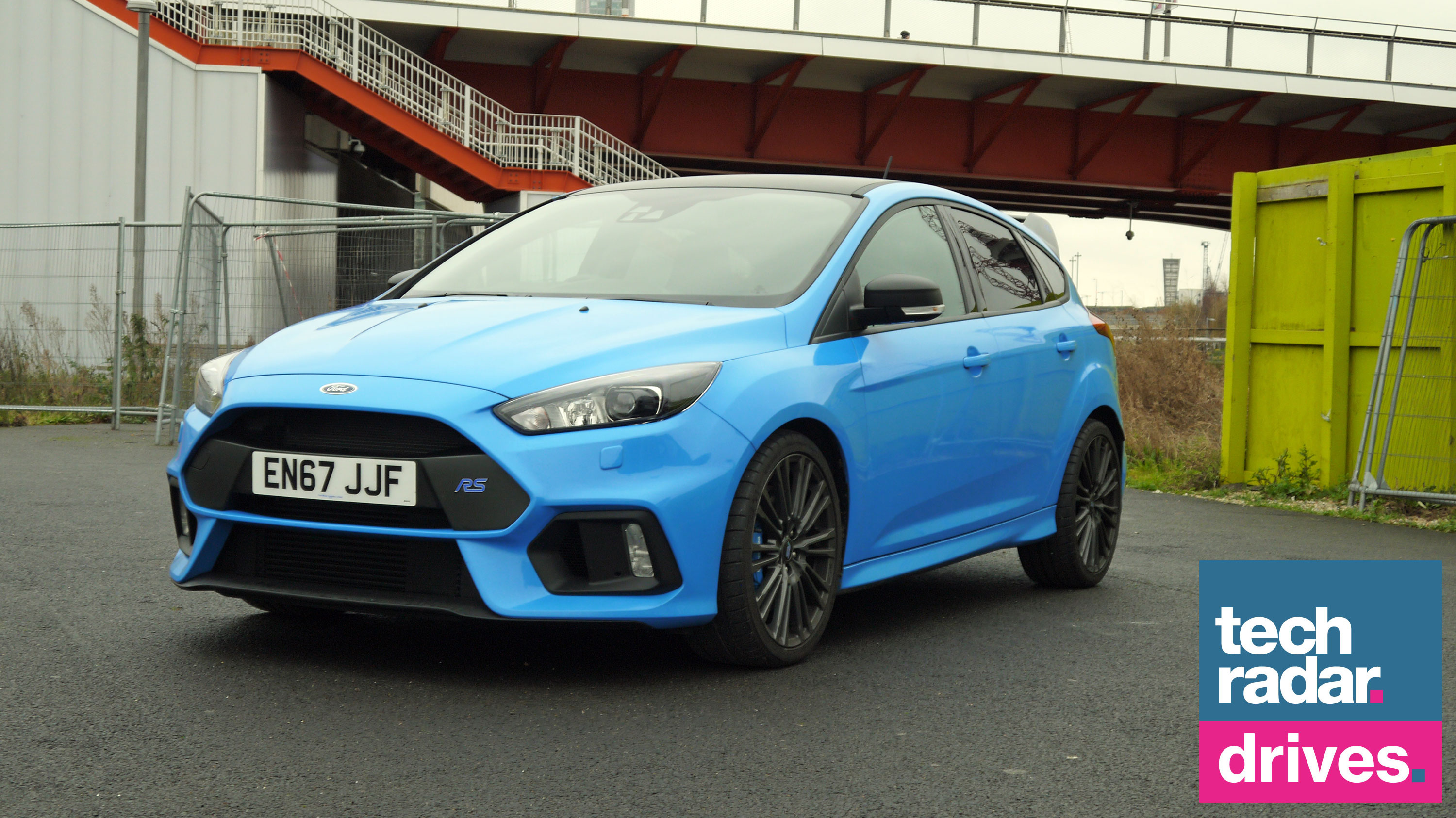
"FULL LOCK. Power. ALL THE WAY. More power. MORE POWER."
Those were orders barked by the professional stunt driver in the passenger seat as I spun the electric blue Focus RS round an empty parking lot on the fringe of London's Olympic Park.
I was in boy racer heaven, in a car I would have had as a poster on my wall as a 15 year old, pulling drifts and donuts while bemused construction workers ogled my 'skill' through a gap in the fence.
I could tell they were impressed, even if the only look I got was nothing more than a blur of high-vis jackets as I enveloped the car in another cloud of tyre smoke.
I could get used to this drifting business. And to think I could be helping make our roads safer in the future. Am I dreaming?
The car that reads you
I wasn't. This is Ford's BuzzCar. A modified Focus RS which has been stripped down and display panels fitted to every window apart from the windscreen.
The 82 LED panels fitted by Designworks, display a series of colored patterns, but they aren't random. They are directly linked to my emotions as I switch of 'Drift Mode' in the RS and chuck it into another drift series.
Sign up for breaking news, reviews, opinion, top tech deals, and more.
I'm wearing a heart rate sensor on my wrist, and sensors on my fingers, connected to a transmitter that feeds readings to a smartphone where it's processed by a real-time 'emotional AI' system developed by empathic technology firm Sensum.

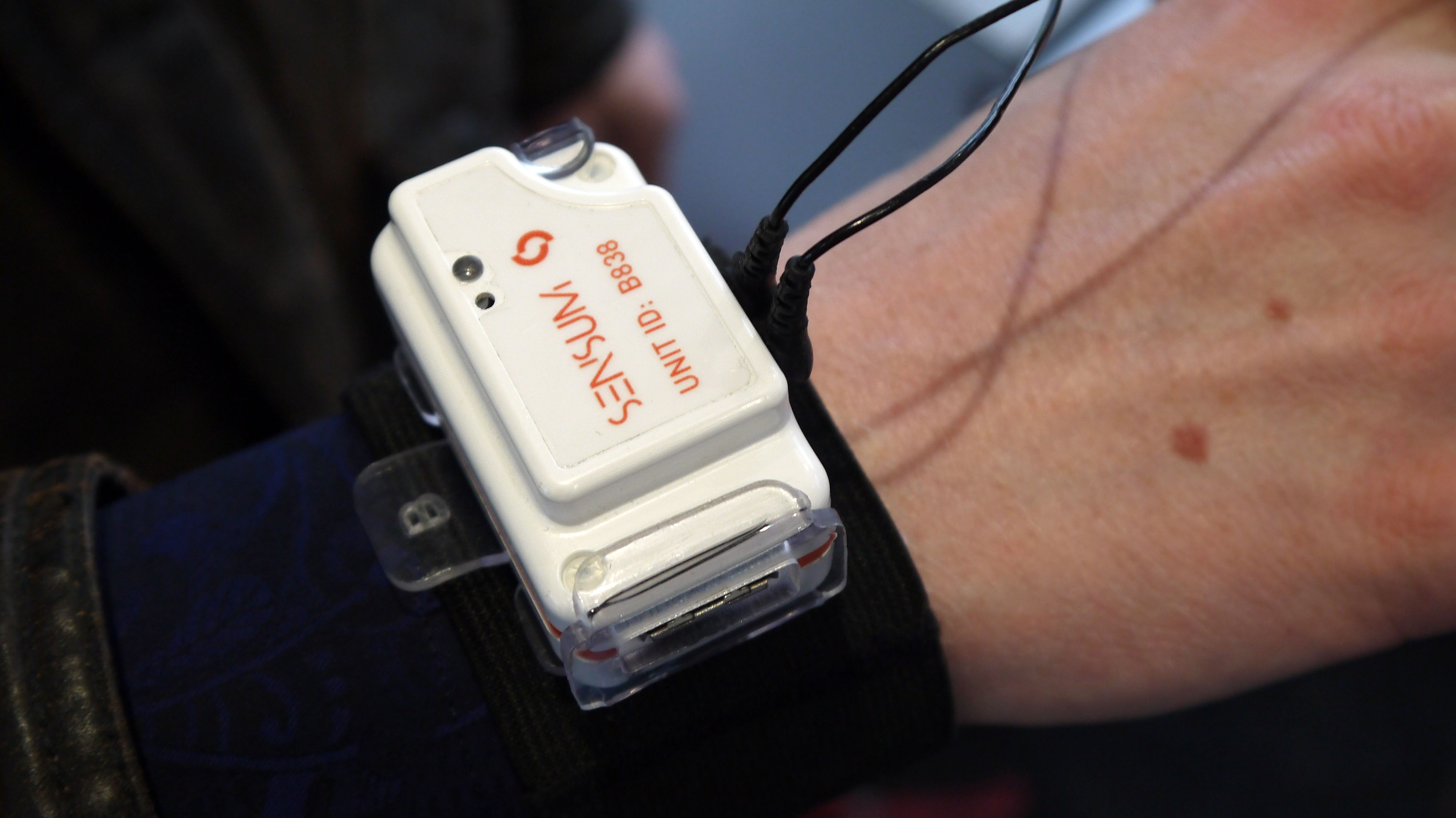
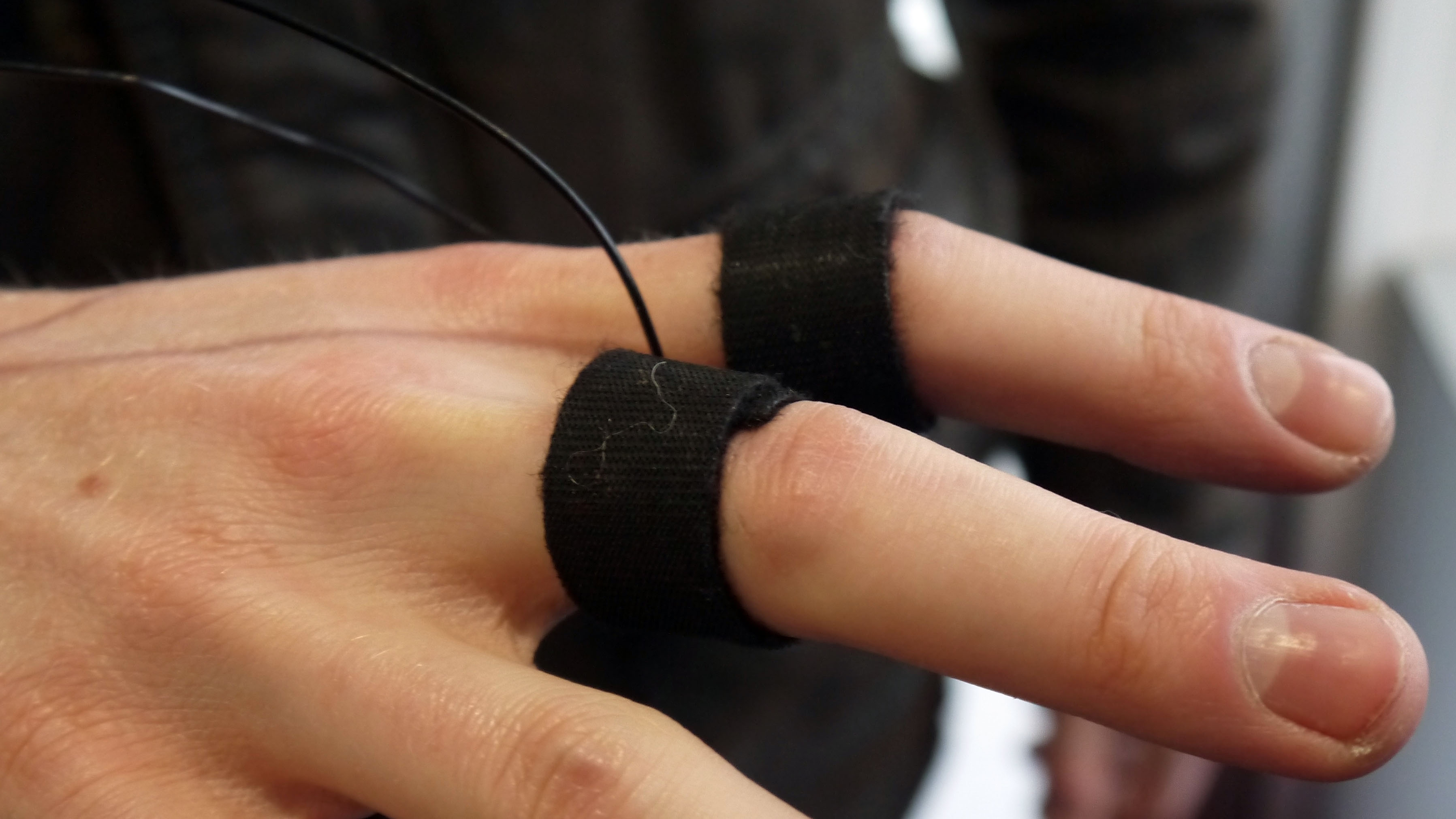


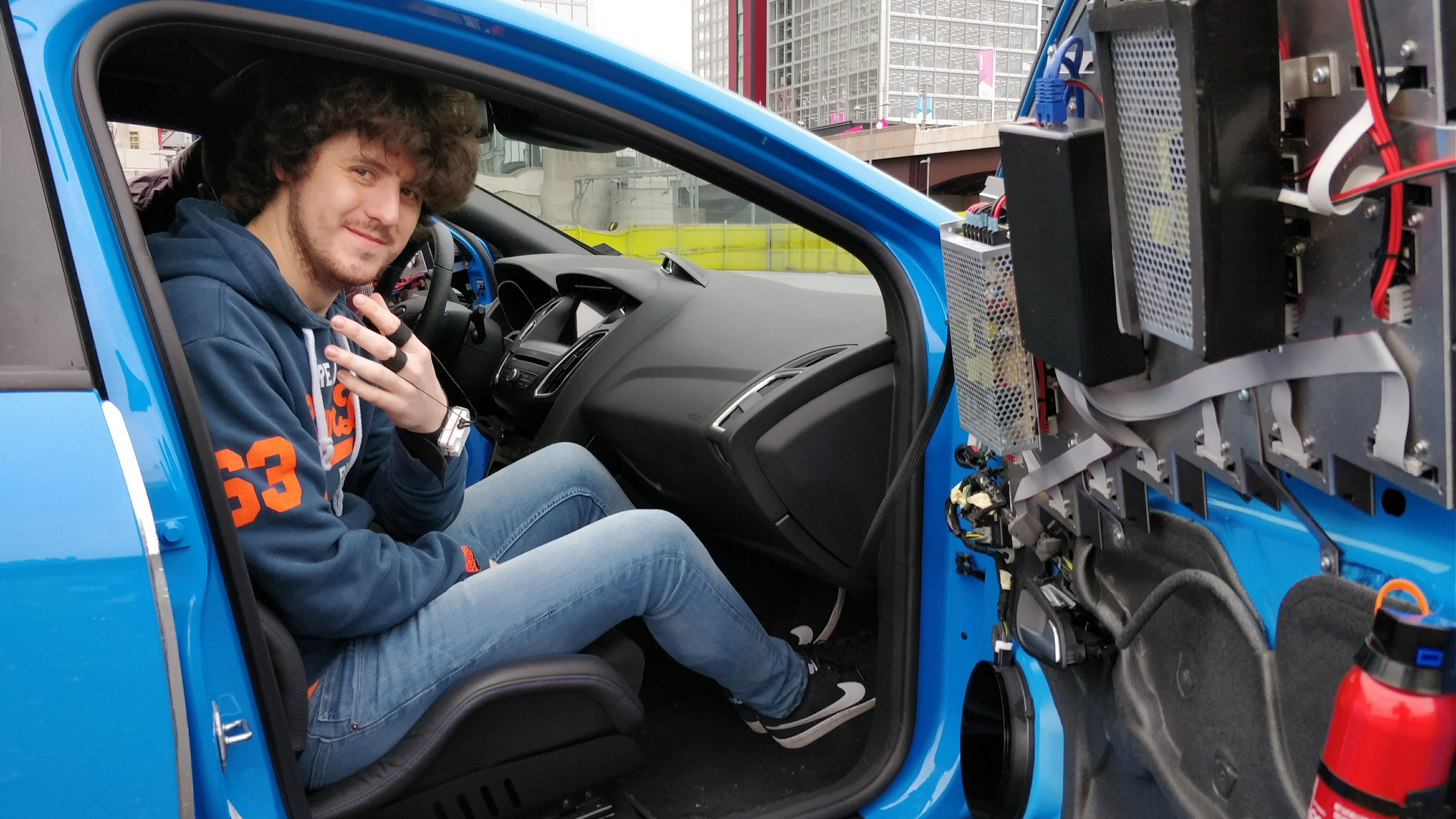
This data is used to figure out my current emotion and relays it back to a PC in the car (a Zotac VR GO gaming PC with a Geforce 1070 GPU and Intel i7 CPU) to instruct it which visual representation of my feelings should be displayed on the LED window panels.
The sensors on my fingers are capturing galvanic skin response, with micro dermal sweat activity on my hands giving away my emotion.
The technology can be used to monitor a range of emotions, from the basic 'happy' and 'sad' to more advanced feelings such as 'fear', 'disgust', 'excitement', 'stress', 'fatigue' and 'distraction'.
However, this particular scenario was set up to monitor my arousal (stop laughing).
There were three different levels, each with their own visualisation setting for the car's displays.
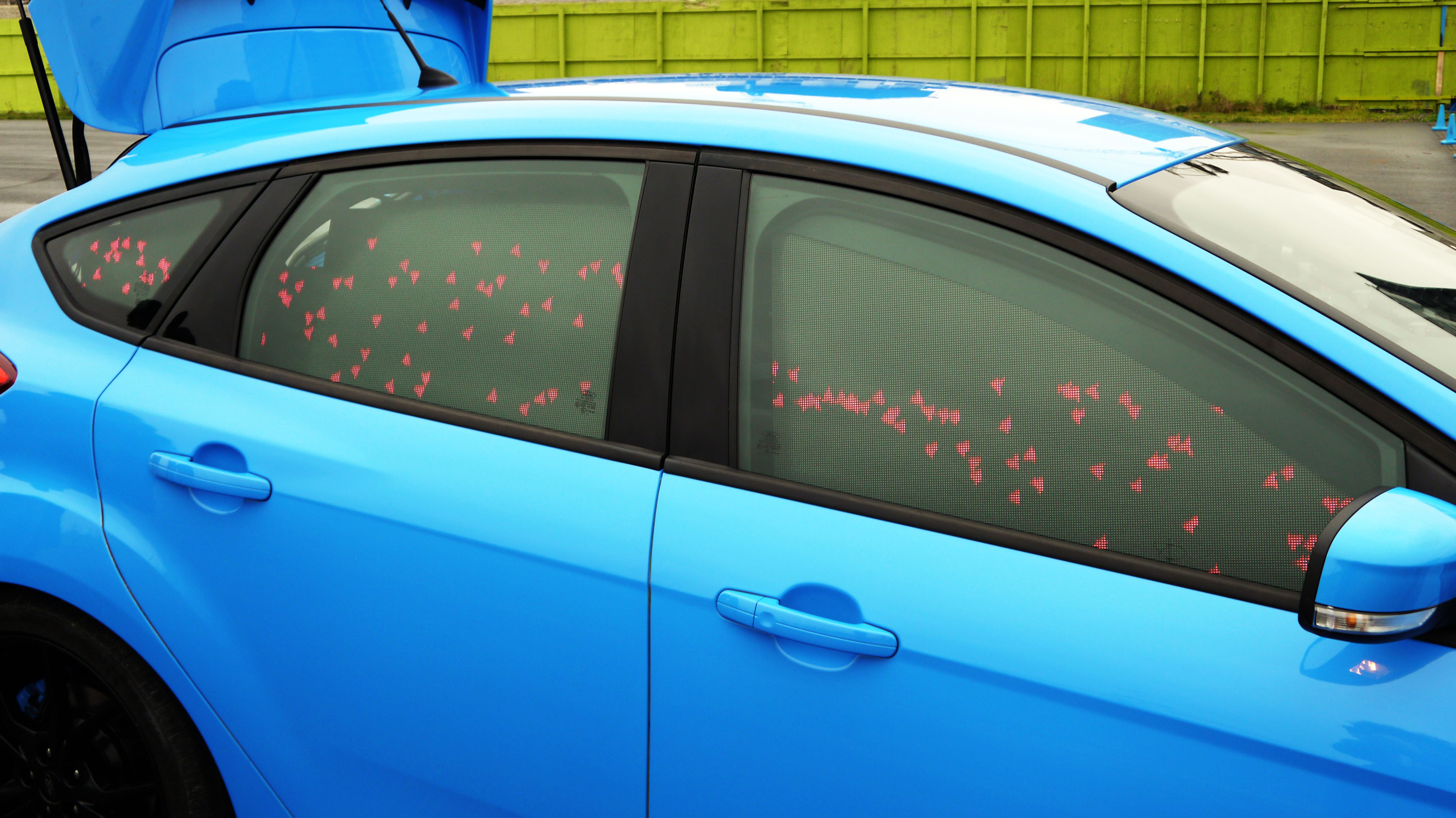
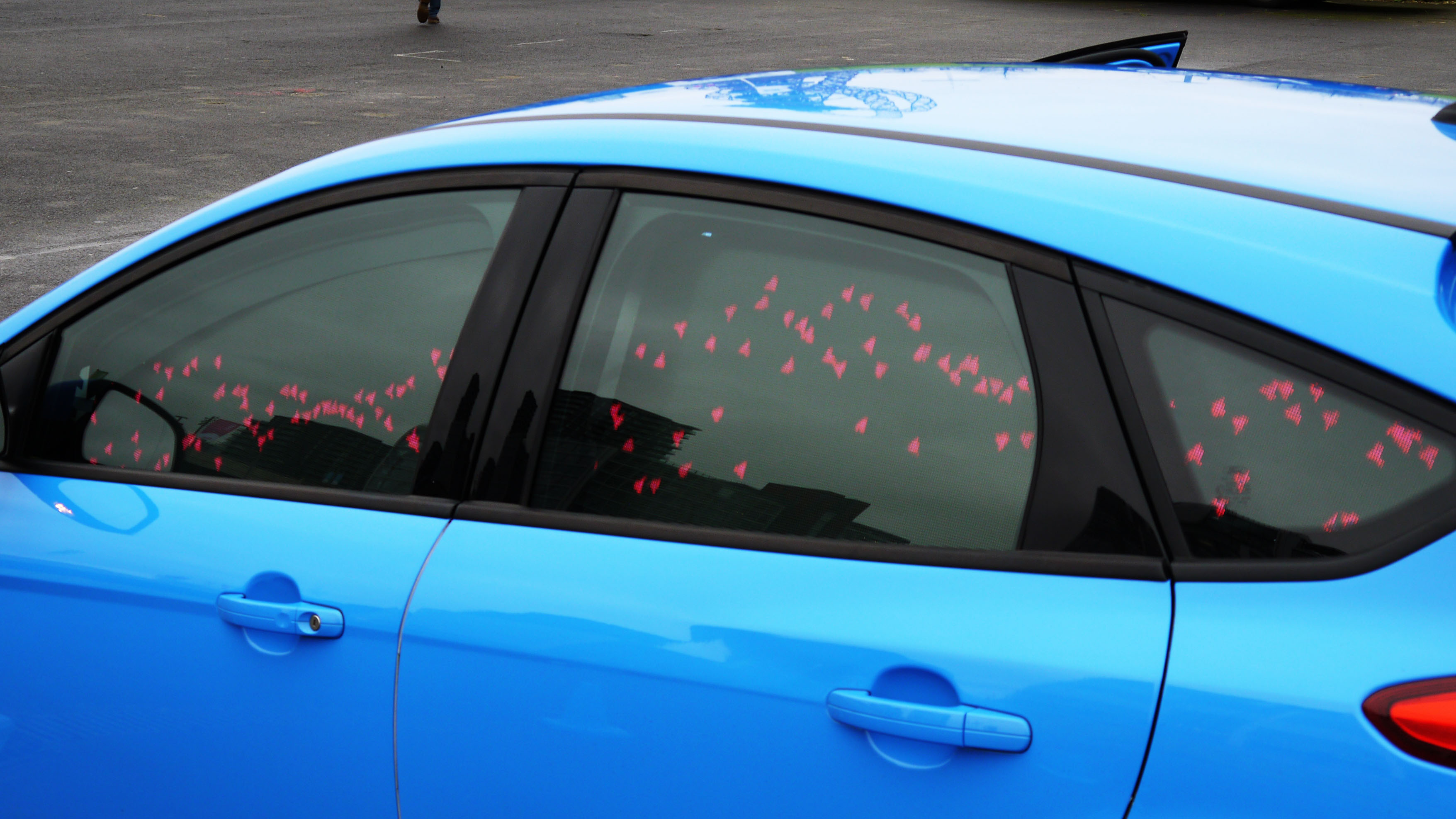
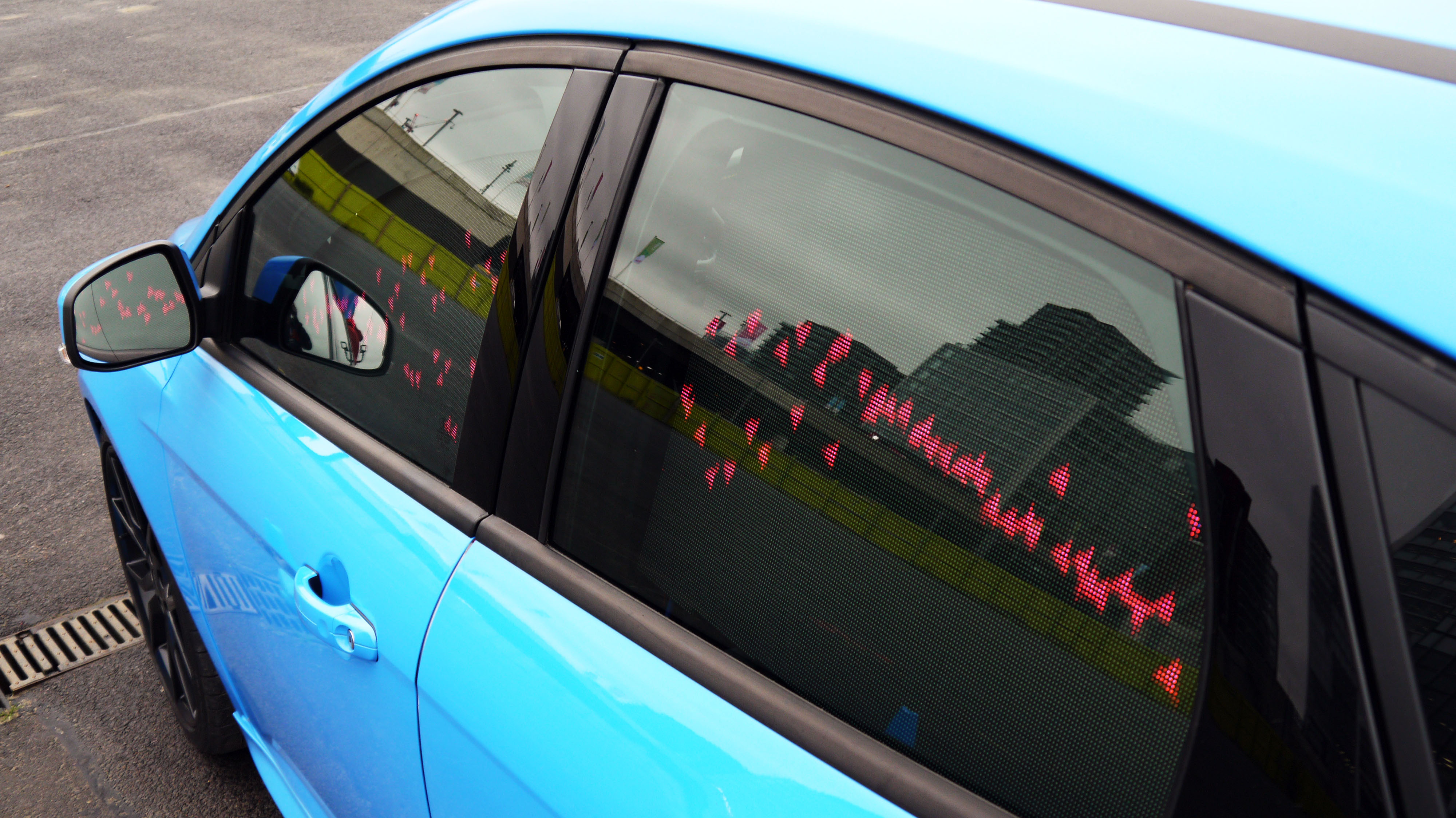

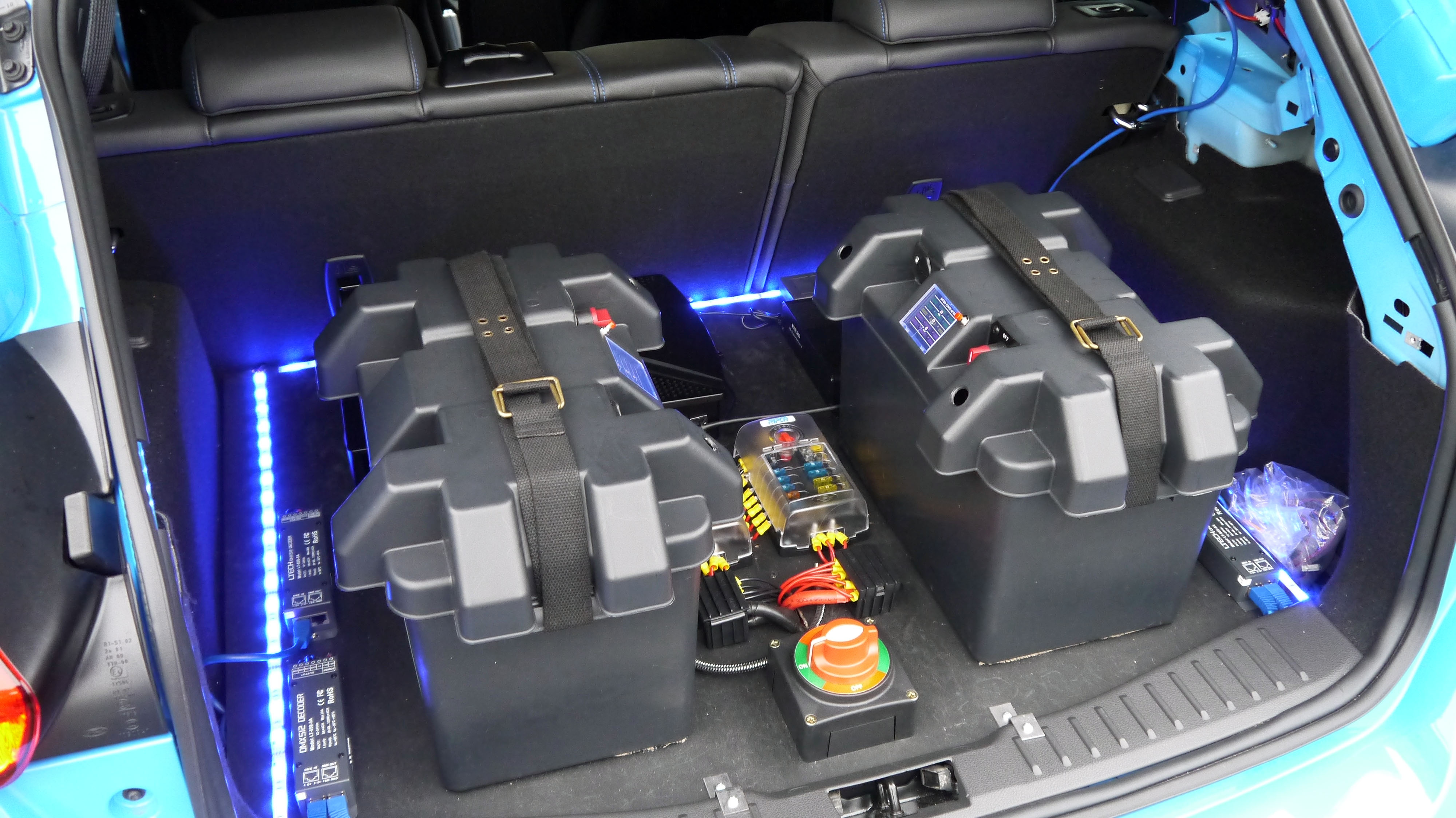
When I was relaxed the LED panels showed yellow circles gently moving around. As I became more excited these morphed into angular, deep red shapes and when I hit peak arousal the shapes turned purple and triggered a strobe light show consisting of 110 LEDs placed all around the car... letting everyone know just how aroused I was.
This may all sound rather trivial, but the underlying technology could seriously impact the future of driving.
What it means for the future
The ability for a computer to read your emotion and the react in different ways opens up a wealth of possibilities at home, the office and more - and another key place is in the car.

Ford Focus RS Edition
Engine: 2.3 litre EcoBoost
Power: 350hp
Price: £36,325
Safety is a big pressure point for the automotive industry, as it tries to tackle dangers such as distraction, intoxication and fatigue.
In future vehicles, sensors could be built into the cabin - such as in the seats and steering wheel. This would allow the car to understand what the driver is doing, feeling and responding (or not) to.
The system in the car could have the ability to detect dangerous situations, such as the driver having a heart attack, and react by pulling the car over safely and contacting the emergency services.
It could even be combined with video tracking and facial recognition to make the detection more accurate and efficient.
This technology is still some way off though, with a prediction of 5-10 years for a consumer product to come to market.
But when that day comes just remember that I helped provide vital data that went towards the development of this technology. You're welcome.

- John McCann is getting behind the wheel to give you an alternative look at the wealth of cars – and the tech inside them – available today. From super-fast sports cars to tech-packed hatchbacks, he'll take you through a range of makes, models, power and price tags in his regular TR Drives column.

TechRadar's former Global Managing Editor, John has been a technology journalist for more than a decade, and over the years has built up a vast knowledge of the tech industry. He’s interviewed CEOs from some of the world’s biggest tech firms, visited their HQs, and appeared on live TV and radio, including Sky News, BBC News, BBC World News, Al Jazeera, LBC, and BBC Radio 4.